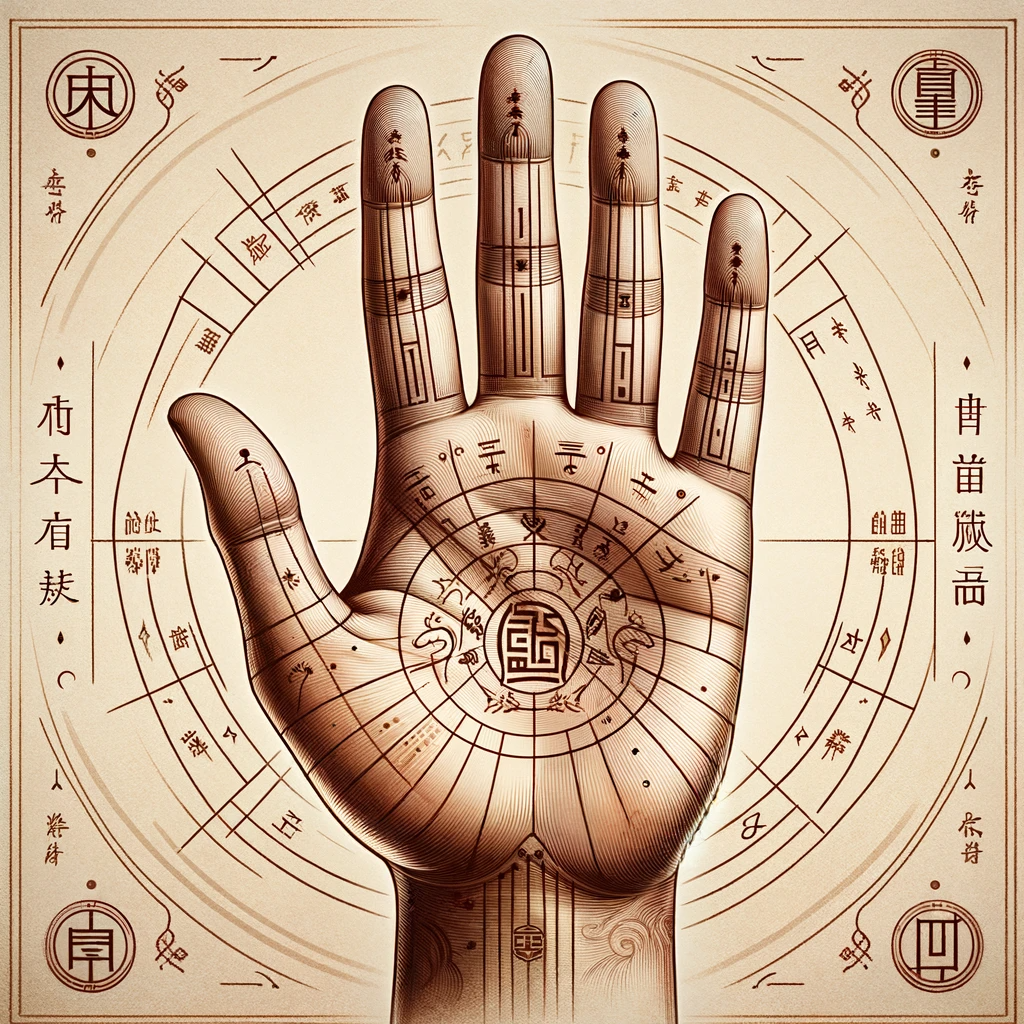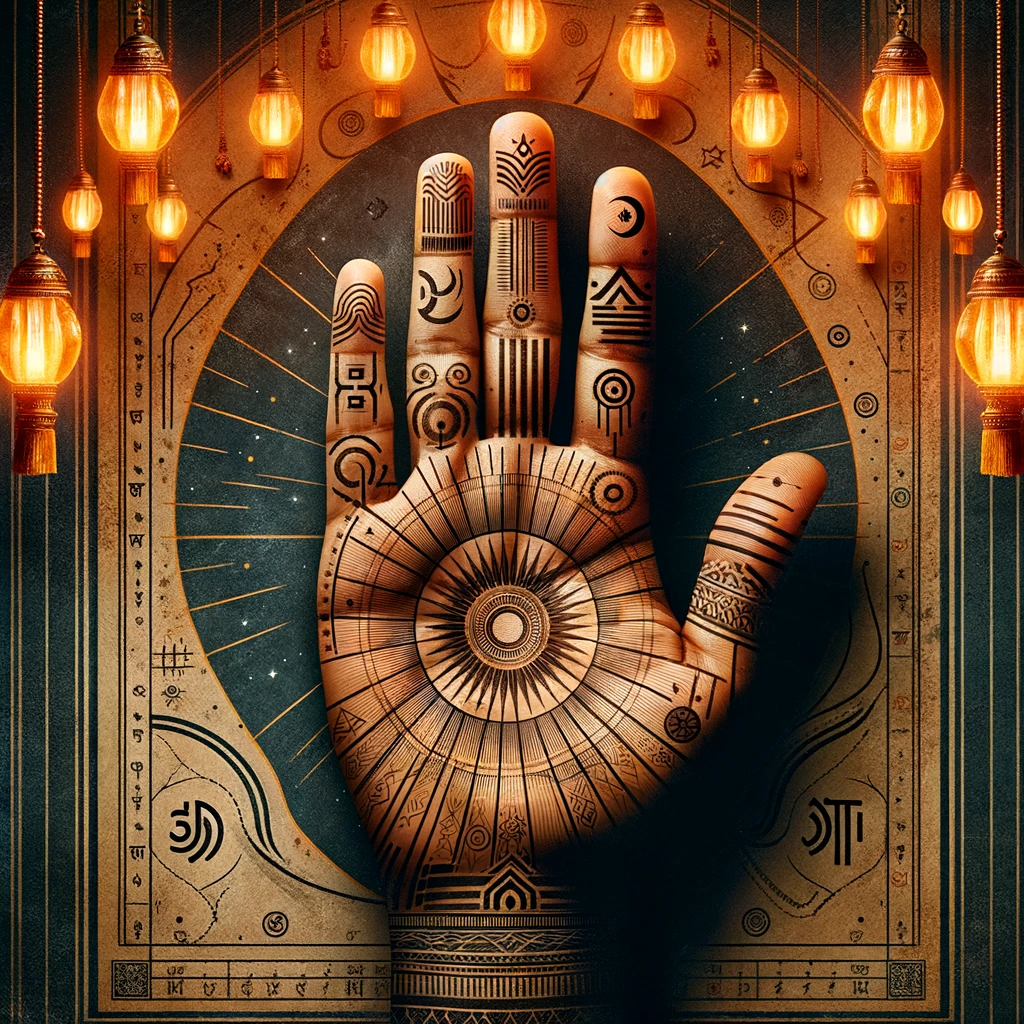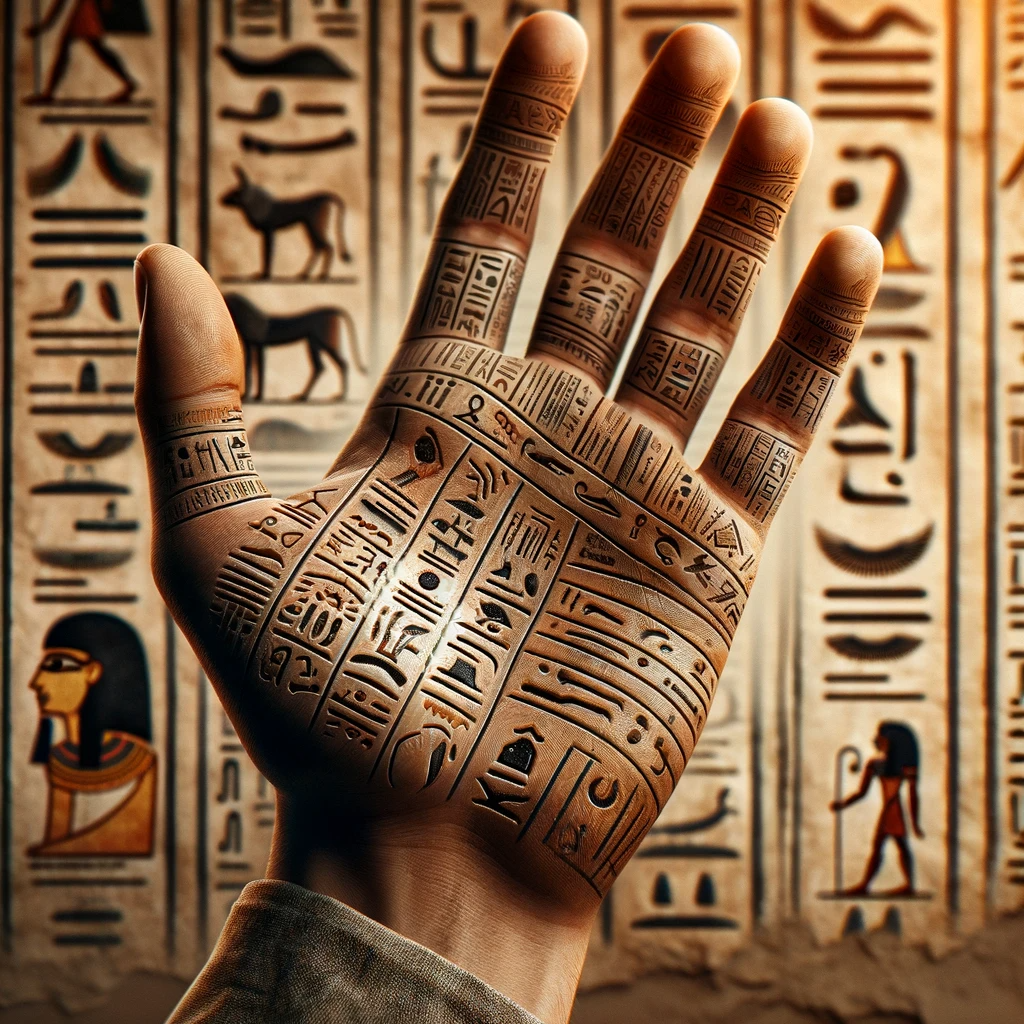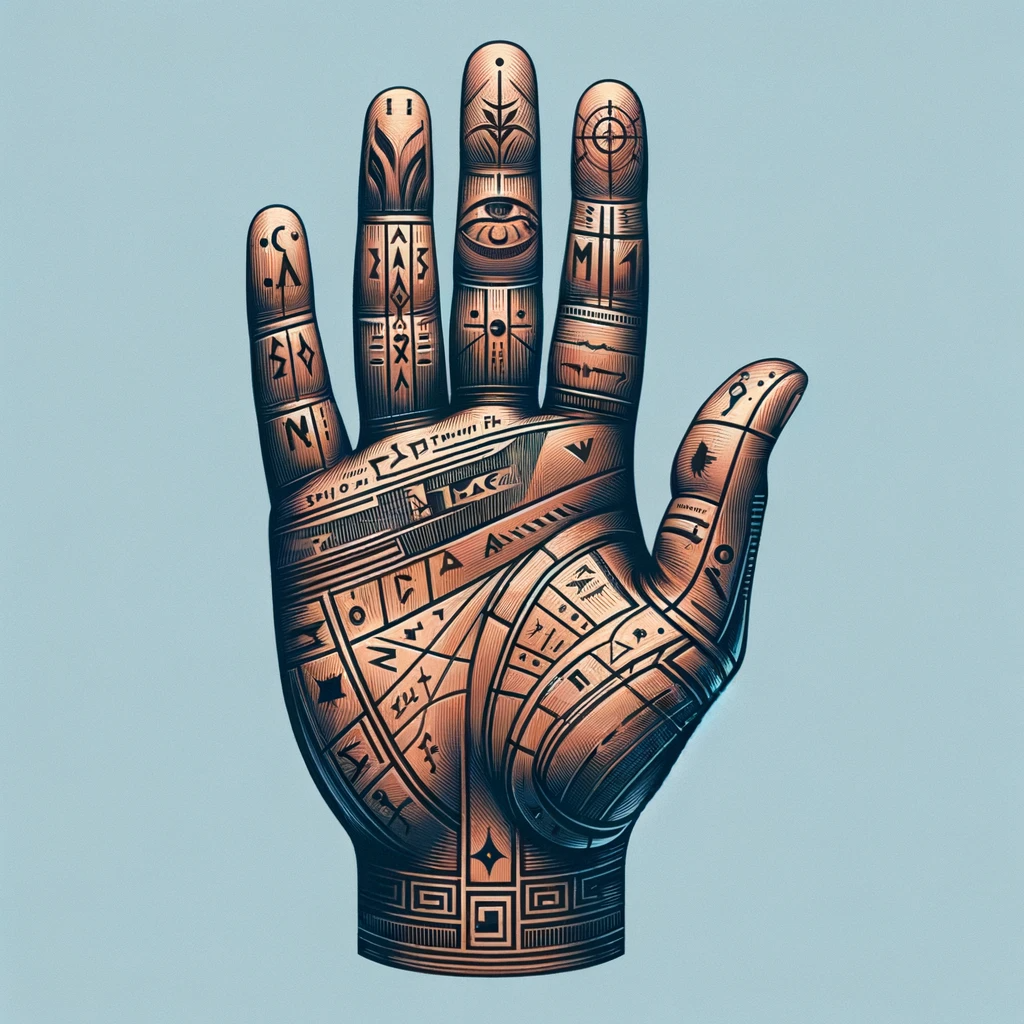The Cultural and Historical Significance of Palmistry: A Worldwide Perspective

The diverse cultural heritage of palmistry reveals its profound significance throughout human civilization. Tracing palm reading across the globe and through the ages showcases its enduring power to divulge hidden truths about human nature through the cryptic lines and symbols etched in our hands.

Ancient Origins in Different Cultures
Palmistry originated independently across ancient cultures including:
India – Palmistry has roots in Indian Hindu astrology and was practiced in India from around 3,000 BCE. The Vedic texts describe palm reading.
China – Palmistry has been traced in China back to the Zhou Dynasty around 1000 BCE and used in medicine and fortune telling.
Mesopotamia – Palmistry was practiced in Sumeria, Babylon and Assyria as early as c. 5,000 BCE among mystics and seers.
Egypt – Ancient Egyptians used palmistry from c. 2,500 BCE for revealing fortunes and personalities.
Greece – Greek philosopher Aristotle discovered texts on palmistry from 4th century BCE India and later Roman scholars expanded on it.
The diversity of palmistry’s independent origins speaks to the universal appeal of reading hands cross-culturally.

Palmistry’s Spread Through Religion and Culture
As civilizations interacted, palmistry spread:
Judaism – Hebrew mysticism Kabbalah, dating back 5,000+ years, incorporates hand analysis for revealing hidden truths.
Islam – Palmistry came to Arabic nations like Persia c. 600 CE and its practice is debated among Muslims today. Generally dismissed as fortune telling, but some argue hand reading for self-knowledge is permissible.
Christianity – Palmistry first reached Europe in the Dark Ages c.1000 CE via gypsies and Arabs. Religious skepticism grew during medieval times. But interest persists.
Buddhism – Ancient Buddhist teachings encourage reading palms/fingers to reveal health and personality since accurate interpretations can foster compassion. But caution against fortune telling persists.
Hinduism – Palmistry remains sanctioned in India today as part of Vedic sciences for divining temperament and auspicious times. But discretion is encouraged.
Palmistry’s spread across faiths demonstrates its psychological depth transcending spiritual boundaries when applied ethically.

Palmistry Through the Ages
Palmistry’s popularity in society has waxed and waned:
- Peak interest in Europe during the Renaissance c.1400s-1700s when spiritual traditions resurged and Aristotle’s palm texts were unearthed.
- Practiced in the Victorian era 1800s both seriously to channel mystic wisdom and popularly for entertainment.
- Declined with rise of rationalism and empiricism in the Enlightenment 1700s, viewed as superstition.
- Palm readers exiled from American and European cities in the early 1900s amidst skepticism. Policy shifts in the 1960s allowed renewed public practice.
- Palmistry persists worldwide today, often integrated with psychology. Growing respect for ancient sciences like yoga and meditation alongside interest in New Age spirituality and self-help practices have buoyed palm readings anew in recent decades. More legitimacy, though still some lingering taboos in modern Western society.
Yet palmistry continues enlightening seekers worldwide today as in ancient times.
Benefits of Understanding Palmistry’s Diverse History
- Reveals the shared humanity and desire for self-knowledge transcending cultures.
- Deepens understanding of palm signs by studying various cultural approaches.
- Allows integration of wisdom from different palm reading traditions.
- Highlights ethical standards for practice.
- Cements palmistry as an enduring mystical art versus fleeting trend.
- Inspires respect yet discretion regarding palmistry’s role in religion and society.
Across the globe for over 5,000 years, the hands remain gateways revealing the mysteries of human nature. By honoring palmistry’s diverse heritage while innovating ethically, devotees can further cultivate the enduring wisdom handed down over millennia.

FAQ About the History of Palmistry
Does palmistry conflict with religion?
Practiced with prudence, palmistry can enrich faith by revealing one’s purpose. But some dogmatic sects historically viewed it as heretical. Discernment allows carefully developing palmistry alongside individual spiritual paths.
Which culture founded palm reading?
There is no single founder. Palmistry developed independently at least 5,000 years ago in India, China, Greece, Egypt and Mesopotamia due to the innate appeal of hand reading that continues today.
Is palmistry really an ancient practice or is its history debatable?
Concrete references date palmistry back to 3000 BCE. Additionally, repetitive mathematical patterns in ancient architecture and artifacts suggest humanity’s longstanding subconscious connection to the hand’s esoteric power.
Can I practice palmistry if it doesn’t originate in my own culture?
Absolutely. Palmistry belongs to global heritage. Approach respectfully without cultural appropriation. Discern which aspects of your own culture’s mystical traditions integrate well with palm signs.
Does palmistry still have relevance in today’s skeptical digital age?
Very much so. While technology provides efficiency, the soul yearns for ancient wisdom. Palmistry persists not for fortune telling entertainment but for revealing meaningful self-knowledge that endures in every human age.
Across the sands of time, humanity still seeks truth in the lines of our hands. With study of its global roots, palmistry continues enlightening seekers worldwide through this eternal art.